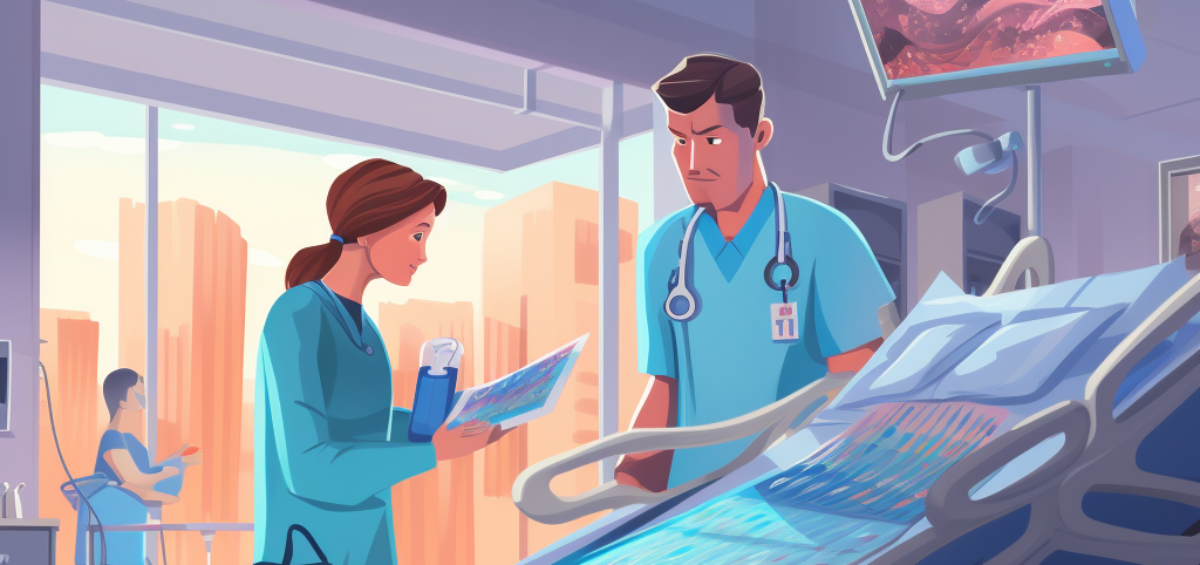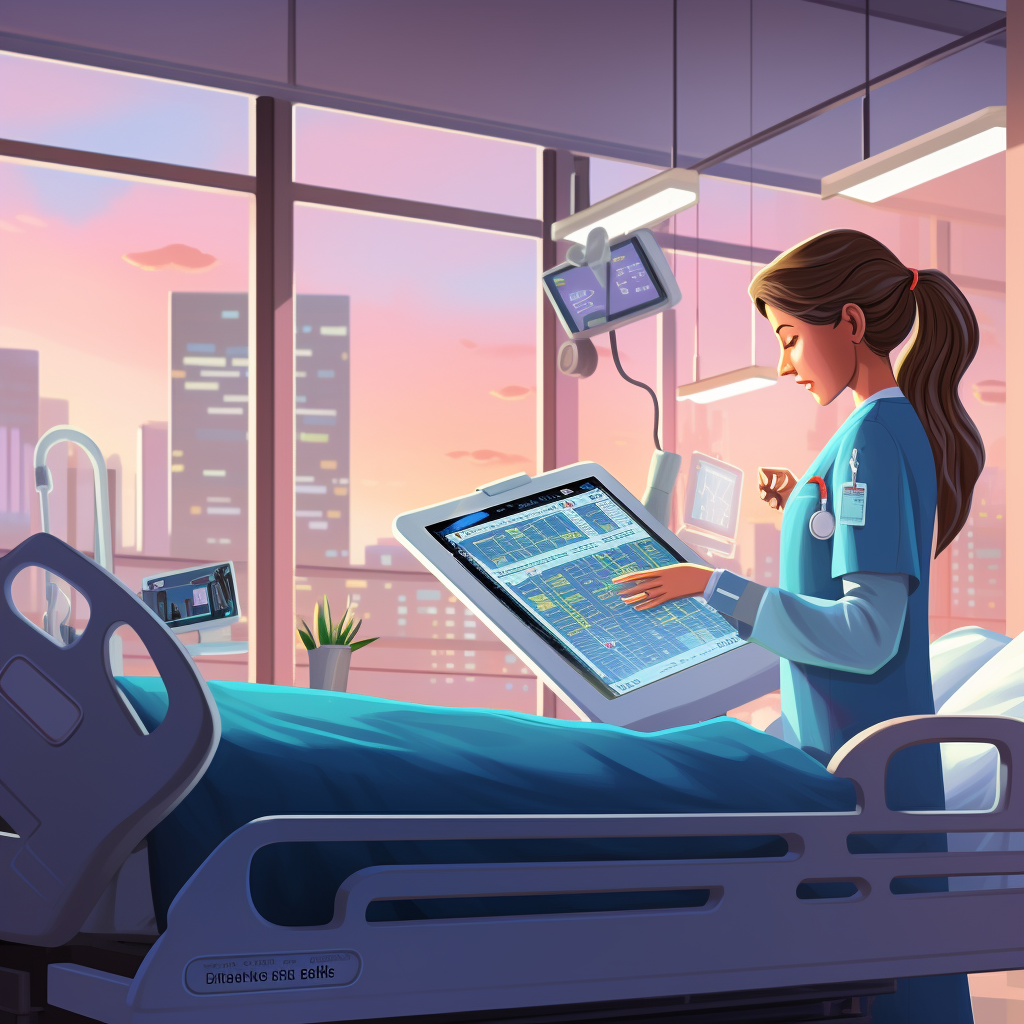 Introduction
Introduction
In today’s rapidly advancing healthcare landscape, patient education and engagement have become central to delivering effective care and promoting positive health outcomes. Among the innovative tools that have emerged as a transformative force in this regard, animation stands out as a powerful medium. This article delves into the profound impact of medical animation on patient education and engagement. From simplifying intricate medical information to fostering enhanced communication between healthcare providers and patients, animation offers a compelling array of benefits that are reshaping the healthcare experience. Let’s explore the dynamic role of medical animation and its potential to drive patient-centric outcomes.
The Visual Advantage
Bridging the Knowledge Gap
Within the healthcare sector, complex terminology and intricate medical procedures can be intimidating for patients. Animation excels in translating challenging medical content into an easily comprehensible format. Whether it involves elucidating a complex surgical process or visualizing the effects of specific medications, animation acts as a bridge across the knowledge gap. Patients are empowered to grasp the nuances of their conditions and treatment options, resulting in more informed decision-making.
Creating Realistic Scenarios
Animation extends the capability to craft lifelike scenarios that closely resemble real-world situations. This feature is invaluable for preparing patients for surgeries or medical interventions. By offering patients the opportunity to observe an animated representation of their impending medical journey, animation significantly alleviates anxiety and ambiguity, leading to more comfortable and confident patients.
Enhancing Patient Engagement
Interactive Learning
Animation distinguishes itself from traditional patient education methods by offering interactivity. Patients are actively involved with the content, whether it’s navigating an anatomical model or immersing themselves in a virtual exploration of the human body. This interactive approach not only elevates patient engagement but also enhances knowledge retention.
Personalization
Recognizing the individuality of each patient, animation can be personalized to cater to their unique requirements. Whether it’s customizing content based on a patient’s age, language preference, or medical condition, personalization is a key component in elevating engagement levels. Patients are more likely to connect with and value content that is tailored to their distinct needs.
Improving Communication
Breaking Language Barriers
In our increasingly multicultural society, language barriers can pose significant challenges to effective communication. Animation circumvents these limitations by conveying information through visuals rather than language. Patients from diverse linguistic backgrounds can gain a comprehensive understanding of medical concepts without being hindered by language obstacles.
Comprehensive Understanding
Healthcare professionals often encounter difficulties when explaining intricate medical details to patients. Animation addresses this challenge by providing a comprehensive and easily digestible understanding of a patient’s condition, available treatment options, and potential outcomes. This newfound clarity empowers patients to actively participate in their healthcare decisions.
Real-World Applications
Medical Procedure Walkthroughs
From elucidating the step-by-step process of a surgical procedure to illustrating the correct use of medical equipment, animation excels in providing in-depth procedure walkthroughs. Patients have the flexibility to view these animations at their own pace, reinforcing their comprehension and boosting their confidence.
Chronic Disease Management
The management of chronic diseases often necessitates lifestyle modifications. Animation plays a pivotal role in helping patients visualize the impact of their choices and motivating them to make healthier decisions. For example, an animation that portrays the effects of diet and exercise on diabetes management can be a potent tool for inspiring positive behavioral changes.
Conclusion
The influence of animation in patient education and engagement is nothing short of transformative. It contributes to making healthcare more accessible, engaging, and effective. From simplifying intricate medical concepts to fostering transparent communication and personalizing the patient experience, animation introduces boundless opportunities. The future of patient education and engagement is being animated with the promise of a healthier, more informed patient population.
FAQs
1. How can animation be customized to cater to individual patient needs?
- Animation can be tailored to individual patient needs by considering factors like age, language preference, and specific medical conditions. For instance, if a patient prefers information in a certain language, the animation can be localized. Additionally, animations can be personalized to focus on aspects relevant to a patient’s unique medical situation, ensuring the content is highly relevant and engaging.
2. Are there any language limitations when using animation for patient education?
- Animation overcomes language barriers by conveying information visually rather than relying on language. This makes it an effective tool for educating patients from diverse linguistic backgrounds. Medical animations are designed to be universally understandable, ensuring that language limitations do not hinder the communication of critical medical information.
3. What kinds of medical scenarios can be effectively depicted through animation?
- Animation is versatile and can effectively depict a wide range of medical scenarios. These include surgical procedures, the effects of medications, chronic disease management, anatomical explanations, and even patient lifestyle choices. The ability to illustrate complex concepts in a visually engaging manner makes animation a valuable tool across various healthcare scenarios.
4. How does animation excel in enhancing patient engagement when compared to traditional educational methods?
- Animation excels in enhancing patient engagement due to its interactive nature. Patients can actively participate by navigating through animations, immersing themselves in virtual environments, and customizing their learning experiences. This interactivity not only makes the educational process more engaging but also enhances knowledge retention, resulting in more informed and empowered patients.
5. Can animation also be employed for educating healthcare professionals in addition to patients?
- Yes, animation is a versatile educational tool that can be used to train healthcare professionals as well. It provides a comprehensive and easily digestible understanding of medical concepts and procedures, making it valuable for medical professionals seeking continuous education and training. Animation can help ensure that healthcare professionals are well-equipped to deliver quality care and effectively communicate with their patients.


 Introduction
Introduction
